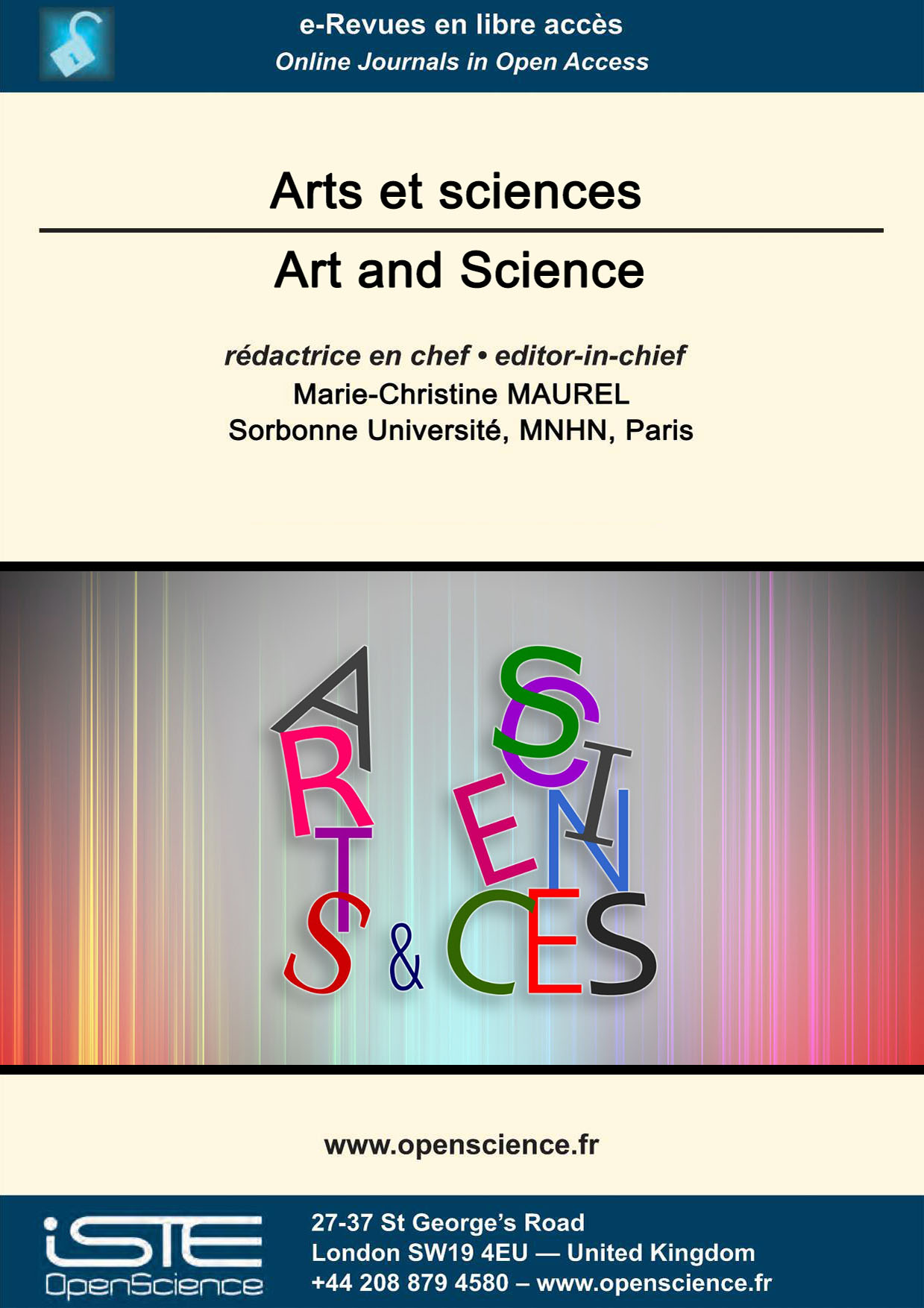

Social Sciences and Humanities > Home > Art and Science > Issue
Artificial Intelligence based photography beauty assessment have received a great attention in the last 25 years. They may now claim noticeable performances in replacing the human observer. However, they face limitations which are rooted in the basic choices of the machine learning stage, borrowed from the old Platonism, i.e. the poor place let to a specific observer in the assessment value. Several tracks are explored to short-cut these limitations, based on very different approaches. This paper is presenting an overview of these proposals to re-introduce subjectivity in computational aesthetic assessment and to discuss their foundations.
Throughout history and the historical canons of western art, disability and the afflicted human form have often been marginalized and used as manifestations of iniquity, social malfeasance and mental degradation. It is not until the 20th and 21st centuries that changing social attitudes, as well as rapidly transforming scientific and medical advancements have reshaped how disability is framed, shown and discussed. In this article the author delves into the artistic, medical, scientific, and social complexities surrounding this topic to shed light on its multipart, shifting narratives.
Landscape as a planning activity, raises the question of its design process. Spatial design concerns also architecture, and has moreover been studied by architecturology, a french design theory. Can this research benefit landscape studies? This article aims to test the relevance of a crossover between these two arts: architecture and landscape. The purpose is to enable a scientific study of creative processes that analyses the common features detached from the substantial evidence. First, we will explore the applicability of the architecturological theory to other, non-architectural objects. Second, we pursue an empirical architecturological interpretation of three landscape situations: the competition for the park of La Villette in 1982, the traditional Chinese garden of Suzhou and the Clichy-Batignolles district organised around the Martin Luther-King park. This work allows to identify similarities and differences between these landscape designs and thus supports the relevance of a landscape architecturology. Finally, to better understand the role of cultural context in design, a crossover with Augustin Berque’s mesology is carried out. Thus, architecturology enables an abstract analysis of landscape design among others possible.
Until the middle of the 20th century, plant roots were of very little interest to the arts and sciences: just like painters, botanists focused on the visible parts of plants. From the beginning of the 19th century, however (at least in France), writers showed a real fascination for roots - more horrified than admiring. In the first half of the 20th century, no doubt influenced by the birth of abstract art, visual artists began to approach them less as forms to be tamed than as processes to be deciphered or transposed. Some of these processes, which nowadays arouse immense interest among many botanists and philosophers, are examined here from both a scientific and an artistic point of view: rooting; the transition in a tree between the unicity of the trunk and the multiplicity of roots; the interconnection of roots among themselves and with various symbionts. The last part is devoted to the relationship between roots and various modalities of thought: on the one hand, the dreams that roots inspire to artists and poets, and on the other hand, the theories and reflections that they arouse today in certain scientists, writers and philosophers.
Plasticity is a fundamental property of the matter, among which the self-folding or the adaptability reflect some laws inherent to the mechanical behaviour of materials, space-time geometry, biochemical processes or morphogenesis at the interface between developmental biology and physics. Contrarily to elasticity, it does not, however, limits itself to it, dressing a high predictive value of the dynamic behaviour of complex systems, what makes it a founding, and not only an emergent or purely systemic property of the matter and the evolution of living systems. Matter-form complexes from which folds are expressions are then defined as aggregates of bound couples directly acting at the anchor of irreducible dimensions or expressions by including the subject in the plasticity of the world.
The geometric analysis of a drawing representing the profile of a man’s head gives us a glimpse of how Leonardo established his constructive approach to profiles from a first form. The geometric analysis of three other Leonardo profiles confirms this approach. It is with this same approach that Leonardo produced his five female portraits.

2024
Volume 24- 8
Issue 12023
Volume 23- 7
Issue 12022
Volume 22- 6
Issue 12021
Volume 21- 5
Issue 12020
Volume 20- 4
Special issue2019
Volume 19- 3
Issue 12018
Volume 18- 2
Issue 12017
Volume 17- 1
Issue 1